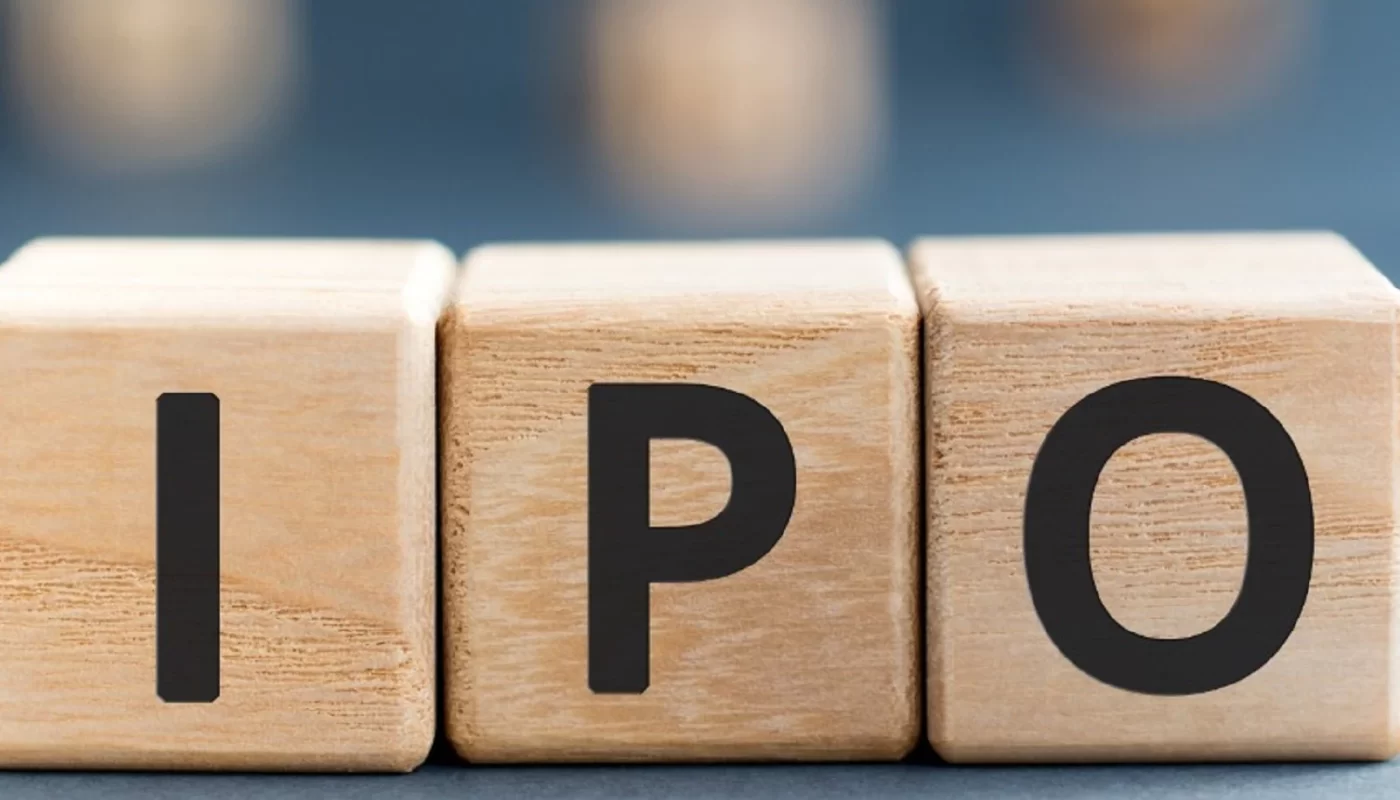IPOs, or initial public offerings, are a great investment opportunity for people who want to get in early on companies with a lot of growth potential. But as with any investment, the risk of the capital loss is inherent. To minimize risk and maximize long-term capital returns, it is necessary to understand the fundamentals of IPO investing before you pull the trigger on your first buy order.
What is an IPO?
Before diving into technical terminology and investing strategies, the logical first step is to define what an IPO is. An initial public offering is when a private company decides to go public by selling its stock on an exchange, such as the New York Stock Exchange or London Stock Exchange. The company essentially allows anyone to purchase shares of their company for the listed exchange price by going public.
Today, IPO investing is made easier thanks to companies like SoFi , which displays all upcoming IPOs in one location. While it sounds like a straightforward transaction, purchasing IPO shares can come with some degree of complexity as the first offering is typically reserved for institutional investors, including investment banks and hedge funds. Only after some time has passed can common investors come in and purchase shares of the newly IPO’d company.
How Does it Work?
The IPO process starts with a private company contacting an investment bank that will initiate the public offering. The investment bank grades the firm through its financial analysis and comes up with what they think is a fair valuation, initial share price, IPO date, and other relevant information. The private company must then register with an exchange and the U.S. Securities and Exchange Commission to make sure that they meet all eligibility requirements.
Once the legal requirements are satisfied, a company can then be listed on the stock exchange they registered with, and investors can start buying and selling their shares on the said exchange.
Reason/s for IPO
So, why would a private company choose to go public? One of the main reasons is that it raises capital, which they ultimately use to fund and accelerate growth. It’s also a common way for the company’s shareholders to liquidate their company’s equity ownership. Since company founders, early investors, and initial employees collectively hold the equity. An initial public offering provides an opportunity to unload some of their shares and cash in.
What to Consider When Investing in an IPO
Investing in IPOs revolves around the same investing principles you’d use to look for regular companies and stocks. One key issue is that researching financial data about a privately owned company that’s about to go public is a lot more complicated than researching a public company.
Data is not readily available since private companies are not legally required to disclose their financial data. Therefore, federal regulations require public companies to publicly release all relevant financial data, including analysis reports of their company strengths, weaknesses, opportunities, and hurdles. These are all information that can help an investor, be it institutional or every day, make the most informed decision possible.
IPO investing is a viable strategy targeting private companies about to go public. Use the information above to understand how an IPO works, what to consider when investing, and why such a phenomenon happens in the first place.

